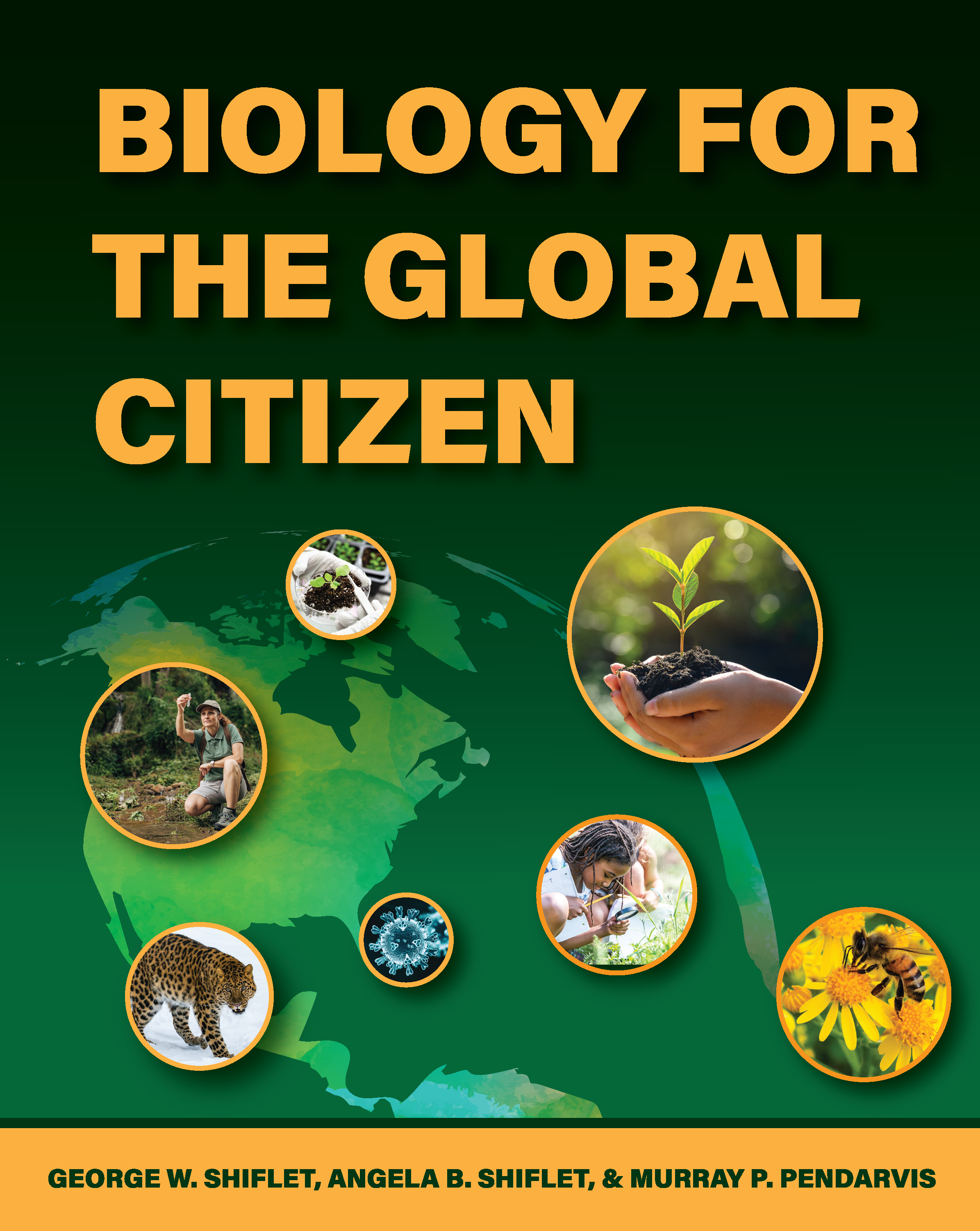in Science

|
What's News in Science 
|
Hidden Health Concerns in Our Food and Water
by George Shiflet
|

Figure 1. Plastic Bottle Containing Water
Copyright © Kykywinks at https://commons.wikimedia.org/wiki/File:Plastic_Water_Bottle.jpg#/media/File:Plastic_Water_Bottle.jpg
Bisphenol A (BPA) is a synthetic organic chemical long used in a variety of consumer goods made from polycarbonates, including plastic water bottles, food storage containers, lenses of sunglasses, etc. (Figure 2). Additionally, BPA is important to produce so-called epoxy resins, which are used to line metal cans and water pipes.

Figure 2. Synthesis of polycarbonate (in brackets) from bisphenol A and phosgene. The n represents the number of subunits used to for the polycarbonate chain.
Copyright © by Roland Mattern at https://commons.wikimedia.org/wiki/File:Polycarbonatsynthese.svg.
Although the Food and Drug Administration has found no substantial evidence that BPA poses any health risk, the widespread use means that consumers may be exposed to the compound in ever-increasing amounts through their diet, inhalation, and water. For instance, the 2003-2004 National Health and Nutrition Examination Survey (NHANES III), conducted by the CDC, found almost 93% of the people (≥ 6 yoa) sampled had detectable levels of BPA in their urine (CDC 2012). Further, researchers from the University of Arizona reported at the meeting of the American Chemical Society that BPA was found in many human tissues and organs, including the liver, spleen, kidney, and lung (Halden and Kelkar 2020).
Recently, scientists, considering the extensive exposure, have become more wary of potentially negative health effects to fetuses and young children. For instance, studies have demonstrated an association between BPA exposure and increase asthma and lung inflammation in young boys, particularly from poorer families (Quirós-Alcalá, et al. 2020).
There is much evidence that plastic debris and particles pollute all parts of the biosphere. Furthermore, in a presentation at the American Chemical Society in August of 2020, researchers at Arizona State University presented evidence that very small particles produced during breakdown of discarded plastic (micro- and nanoparticles), ingested by human beings and other animals, find their way into various tissues and organs (Rolsky, et al.). The effects of these particles are unknown, but they are the focus of more research.
Halden, Rolf, and Varun Kelkar. "Micro-and nanoplastics detectable in human tissues." Virtual Meeting and Expo. American Chemical Society. August, 2020. https://www.youtube.com/watch?v=6tGwXaWeE2k&feature=emb_title Accessed August 25, 2020.
Nelson, Jessica W., Madeleine Kangsen Scammell, Elizabeth E. Hatch, and Thomas F. Webster. "Social disparities in exposures to bisphenol A and polyfluoroalkyl chemicals: a cross-sectional study within NHANES 2003-2006." Environmental health 11, no. 1 (2012): 10.
NIESH (National Institute of Environmental Health Sciences). Bisphenol A. https://www.niehs.nih.gov/health/topics/agents/sya-bpa/index.cfm. Accessed August 25, 2020.
Quirós-Alcalá, Lesliam, Nadia N. Hansel, Meredith McCormack, Antonia M. Calafat, Xiaoyun Ye, Roger D. Peng, and Elizabeth C. Matsui. 2020. "Exposure to bisphenols and asthma morbidity among low-income urban children with asthma." Journal of Allergy and Clinical Immunology.
Rolsky, Charles, Varun Kelkar, and Rolf Halden. August 17, 2020. Micro- and nanoplastics detectable in human tissues. Presented at the American Chemical Society Virtual Meeting and Expo.
Ruiz, Daniel, Marisol Becerra, Jyotsna S. Jagai, Kerry Ard, and Robert M. Sargis. "Disparities in environmental exposures to endocrine-disrupting chemicals and diabetes risk in vulnerable populations." Diabetes care 41, no. 1 (2018): 193-205.